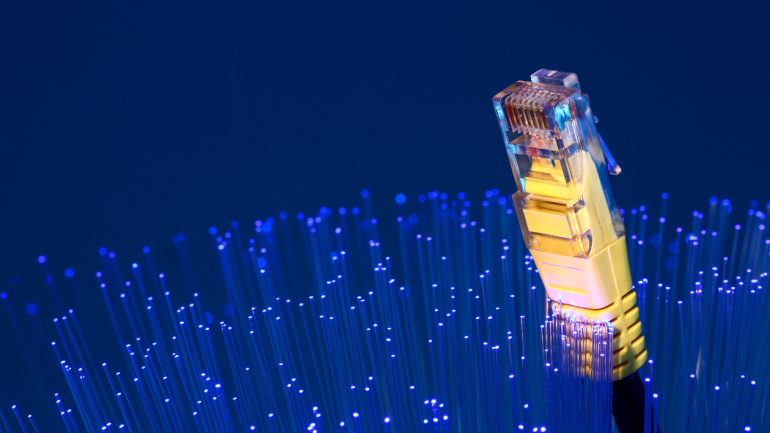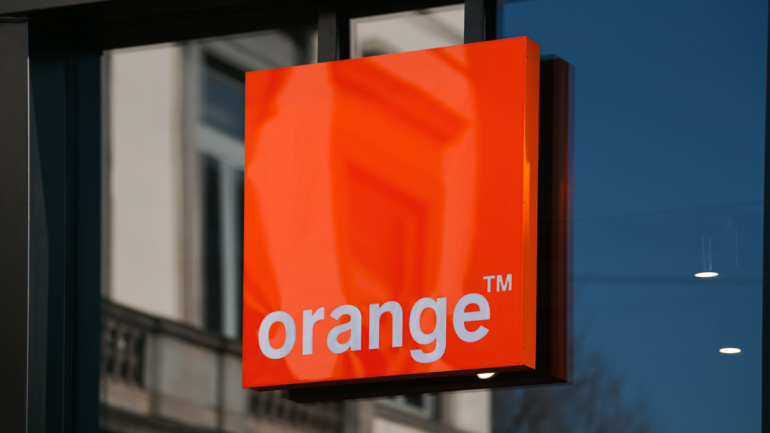The recent partnership between Plume, the cloud wifi platform provider, and one of India’s telecom titans, Reliance Jio, aims to deliver smart home services to almost 200 million properties. Subscribers will gain access to AI powered services offering a range of benefits, from adaptive wifi and performance optimization to enhanced cyber protections. Yet, with great expansion comes potential challenges, such as customer service and quality control.
At the European Conference on Optical Communication, Huawei’s cutting-edge FTTR solution solidified its standing as the industry leader by winning the Most Innovative PON/5G/FTTx Product Award. Catering to a wide range of users—from homes to small businesses—Huawei’s solution offers superior bandwidth, minimal latency, uninterrupted Wi-Fi connectivity, and self-management capabilities, making it a favorite among global broadband users and operators. Moreover, it’s built on a point-to-multipoint all-optical networking architecture, providing ultra-gigabit Wi-Fi networks. Remarkably, the FTTR rollout is efficient and aesthetically pleasing, using a unique self-adhesive transparent optical fiber with fast deployment times.
In the recently held Network X event, Orange’s Deputy CEO shed light on their significant fiber expansion and presented an intriguing outlook on 5G’s future, hinting at its potential in achieving the 2040 CSR objectives. Discussing 5G Standalone (SA), she highlighted it as a gamechanger for B2B interactions, fueling varied possibilities. Briefly discussing their triumph at the Barcelona port project, she humbly emphasized the responsibilities that come with connected factories.
The future of the intelligent world is orbiting around the power of 10Gbps bandwidth, forming the vital backbone of digital advancement. As the tech world continues to evolve, the network upgrades, too, strive to match pace, evident in the successful transition from gigabit to more powerful 10Gbps optical networks, or F5.5G. Huawei stands at the helm of this transition, providing comprehensive solutions for operators. With new-age high-speed, low latency connections, and a focus on enhanced user experiences, the stage is being set for the world’s leap into the F5.5G era.
EXA Infrastructure, the largest dedicated digital infrastructure platform connecting Europe and North America, today announced it has added a fifth transatlantic route to its network footprint with the addition of the Dunant cable, connecting the US and Europe via a southern corridor across the Atlantic. This new route complements EXA’s existing cables, connecting Paris and Bordeaux in France to the large data centre clusters of Virginia Beach, Richmond and Ashburn in the US. This new route offers excellent diversity from other transatlantic cables, as well as connecting to EXA’s extensive European backbone onwards to Madrid, Barcelona and Marseille via differentiated routes.
Climate change casts a menacing shadow over the infrastructure underpinning the Internet, including fiber optic cables and colocation facilities. The predicament Saint-Martin island faced after Hurricane Irma’s assault prompted Setics Sttar to reimagine their rebuilding strategy. Subterranean framework emerged as a key defense against future environmental disasters, demonstrating the necessity to fuse climate risk considerations with infrastructure planning. Seeking a climate risk assessment for your FTTH Network design has become not only optimal but essential in the face of a changing world.
Thierry Breton, Internal Market commissioner of the European Commission, is advocating for a unified European telecoms market, anticipating advancements in growth, innovation, and swift adaptability to emerging technologies. Arguing against the current market fragmentation, he believes regulatory easing on issues like spectrum acquisition could invite investors to support future networks. Simultaneously, telecom operators suggest cross-border consolidation as a potential path when local financial conditions improve.
As Vocus’ exclusive negotiation period with TPG Telecom for the proposed fiber business acquisition concludes, talks remain in motion. Delays in due diligence hint at finance-related stumbling blocks, though TPG stays open to other potential bargains, igniting a scenario of anticipation and suspense within the telecom domain.
Brought forth by the Wireless Broadband Alliance (WBA), the exciting implementation of Wi-Fi 7 offers to revolutionize our wireless possibilities. This tech breakthrough, outpacing previous Wi-Fi versions, promises double the bandwidth and triple the speed, enabling impractical or seemingly impossible applications to become reality. The technology, based upon the IEEE 802.11be standard, will enable channel widths up to 320 MHz and support 4k QAM. With the potential for widespread deployment, Wi-Fi 7’s multi-link operation could mark a future with enhanced Wi-Fi experiences and low-latency immersive applications. However, the prerequisites of a solid fiber connection highlight challenges in achieving full-scale benefits.
Welcoming Nokia’s latest innovation — the 25G Passive Optical Network (PON) starter kit. Aimed at enhancing 10Gbs+ deployments, the kit empowers operators to expedite high-speed connectivity for diverse businesses. With the capacity to connect up to ten businesses, this move is amplifying the importance of 10Gbs business connectivity globally. Utilizing existing fiber assets, it offers unique prospect for delivering exceptional speeds to different enterprises, from schools to farms. Discussing the transformation this 25G PON technology brings, we delve into the views of industry insiders and parallel innovations in the works.













